New Zealand's love affair with the humble villa
As New Zealanders, we love our bungalows and villas to the point where it is fair to say they’re in our blood. Simply walk down almost any street and it’s easy to spot those beautiful old stand-alone houses. So you might wonder what is the difference between a bungalow and a Villa? Let us look at these definitions in more detail.
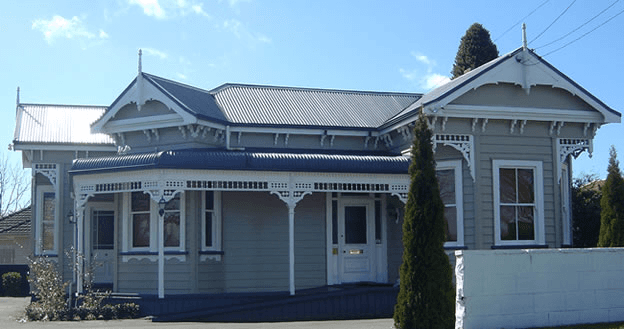
The difference Between a Villa and a Bungalow
The lines can become blurry, as established in our article on
New Zealand Architecture. The terms New Zealand villa and bungalow are often thought to be the same thing and it is true that they do have similarities. However, there are subtle differences which we'll do our best to clarify.
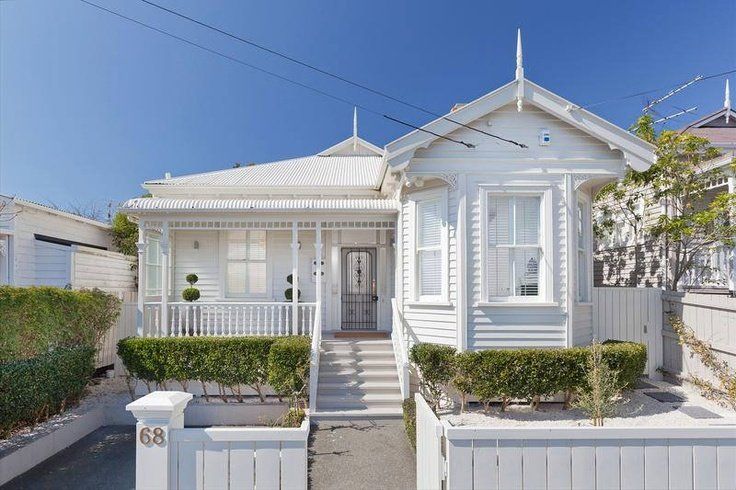
The Victorian Villa
The Victorian villa began to appear from around 1860’s when Europeans started arriving in large numbers. Built completely with native timber, NZ villas were generally single storey detached buildings, although two-storey villas were common in affluent suburbs and parts of Wellington where land was scarce. With decorated verandas, high ceilings, small windows and wide hallways, they have been a part of Kiwi life for generations. It can be said though that the villa was built for appearances, meaning that there was more thought put into how it looked from the outside instead of how it functioned inside for the occupants themselves.
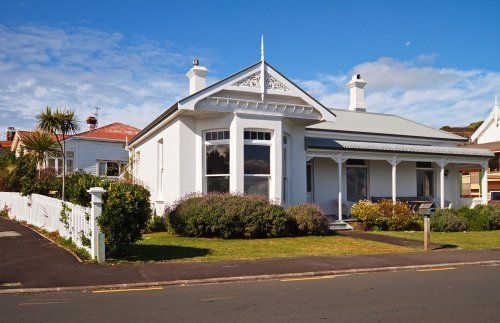
The Bay Villa
The most common forms of villa are square-front (where the verandah runs the full width of the house), bay villa (with a faceted bay window to one side), and a return verandah villa (with verandahs on two sides). This is home has a somewhat-modified bay window, which makes it an example of a Bay Villa.
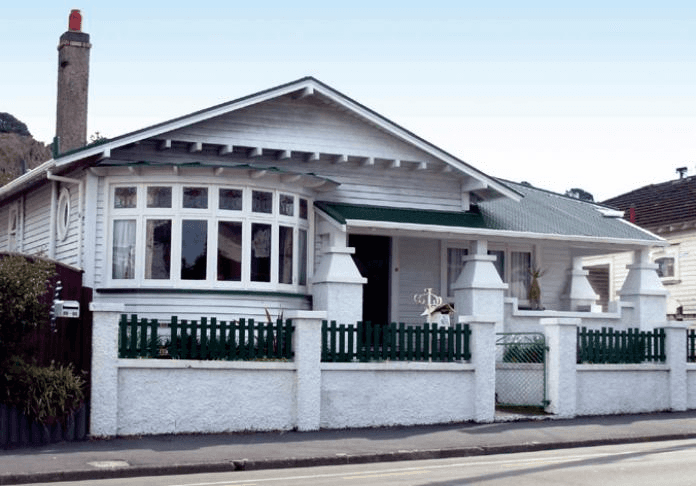
The California Bungalow
The bungalow house design originated in India and began to be seen in New Zealand around 1910, inspired by the California bungalow. With a less formal and ornate style, the relaxed American bungalow had lower ceilings, was open plan and leaned towards the arts and crafts movement in regard to the built-in features. Windows were also larger and let in more light, although houses faced the street rather than the sun so could be dark inside. The bungalow was built more for the comfort of the occupants than the villa, rather than concentrating on how it looked for passersby.
After World War One, the bungalow became the predominant style of house being built in New Zealand.
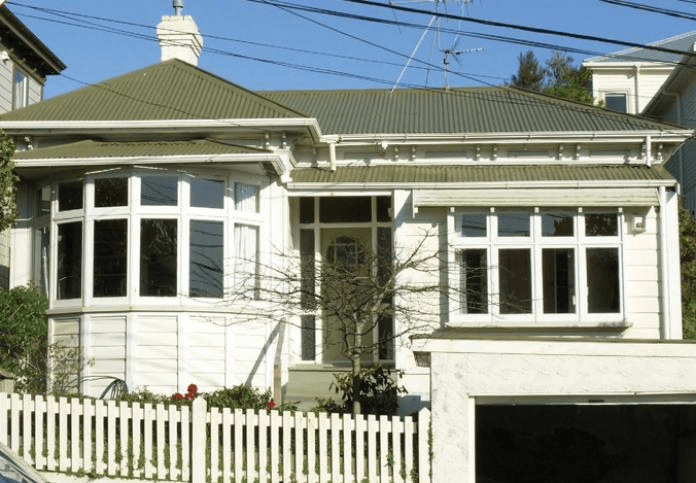
The Trans Villa
Where things got confusing was where traditional villas started to incorporate bungalow features - a lower pitch roof and wider eaves with exposed rafters instead of the villa's boxed eaves. These, then, were Transitional or Trans Villas, but by the 1930s they had pretty much given way completely to the bungalow.
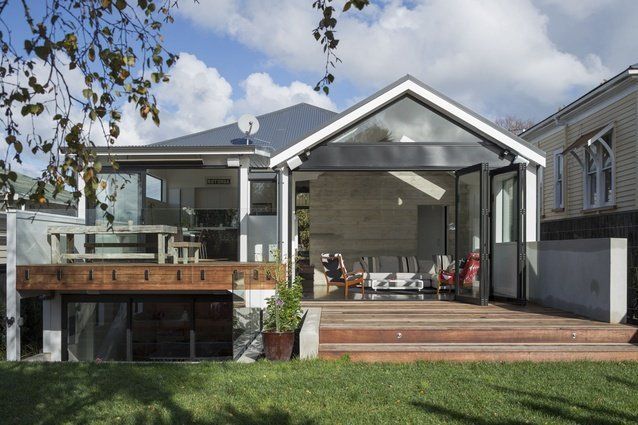
Renovating your villa or bungalow
Plenty of bungalows and villas retain many if not all of their original features. Leadlight windows, detailed carvings, high ceilings and wooden floors are some of the features which are desirable to keep when planning your renovation project. But small kitchens and bathrooms, poor insulation and cold, damp or boxy rooms are not appealing for today’s lifestyle.
Recent design trends have seen the street view of these houses remain the same, but have instead seen renovations of the rear and internal areas of the buildings. Adding an extension, introducing indoor-outdoor flow, modernising the amenities and removing walls to enlarge rooms are also common renovation choices.
Do you have a villa or bungalow you'd like to renovate?
At Pzazz Building, we are frequently called upon to undertake three types of villa or bungalow renovations:
- Restoration to the home's original state
- Modernisation of the home's interior, retaining character features such as polished timber floors and feature ceilings, but removing unneeded walls and installing insulation and modern conveniences
- Designing and building additions, either in keeping with the home's original character or in a more contemporary style with a nod to the original, as in the photo above.
If you have a villa or bungalow you'd like to restore or renovate, contact us for a free In Home Consultation.


